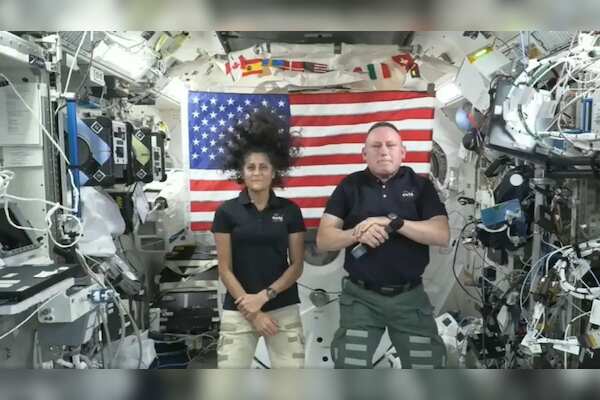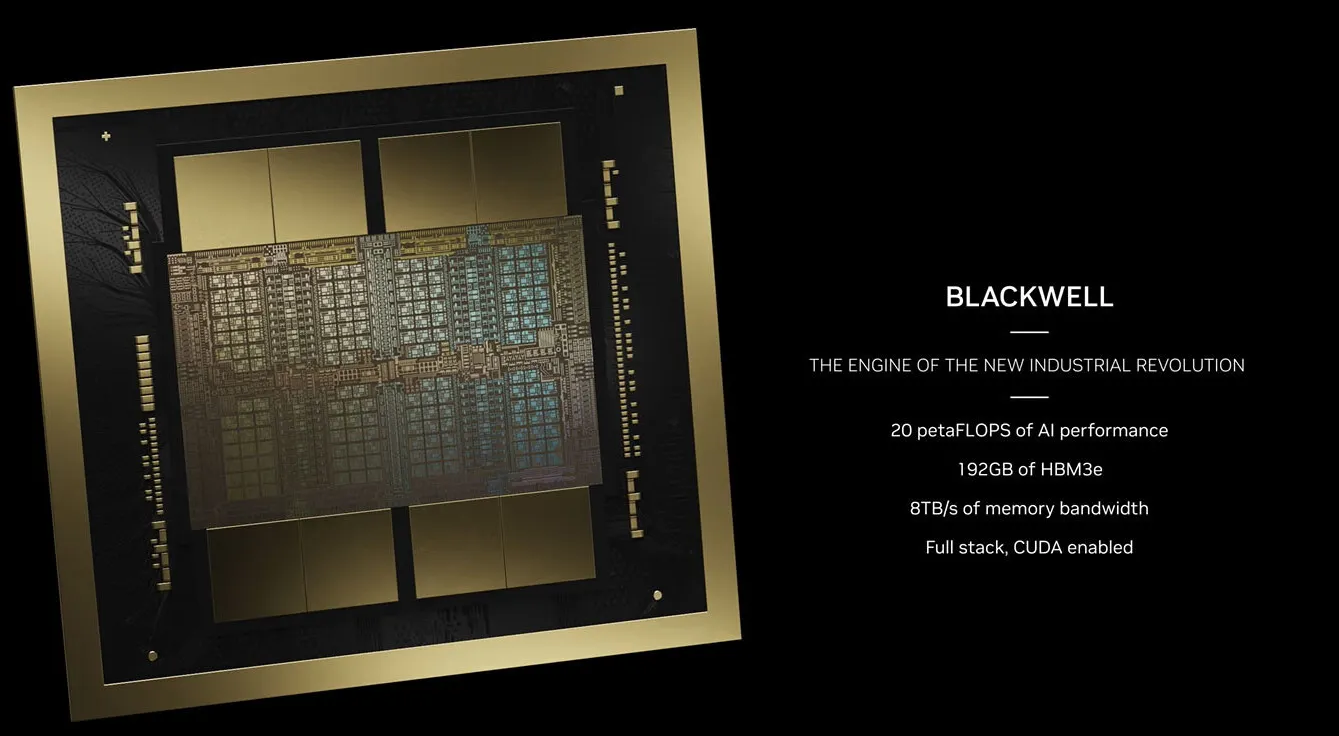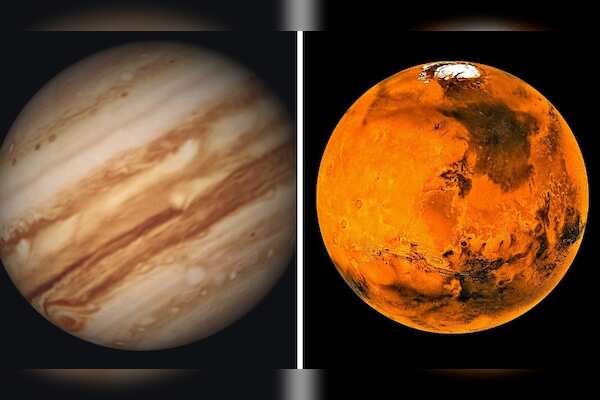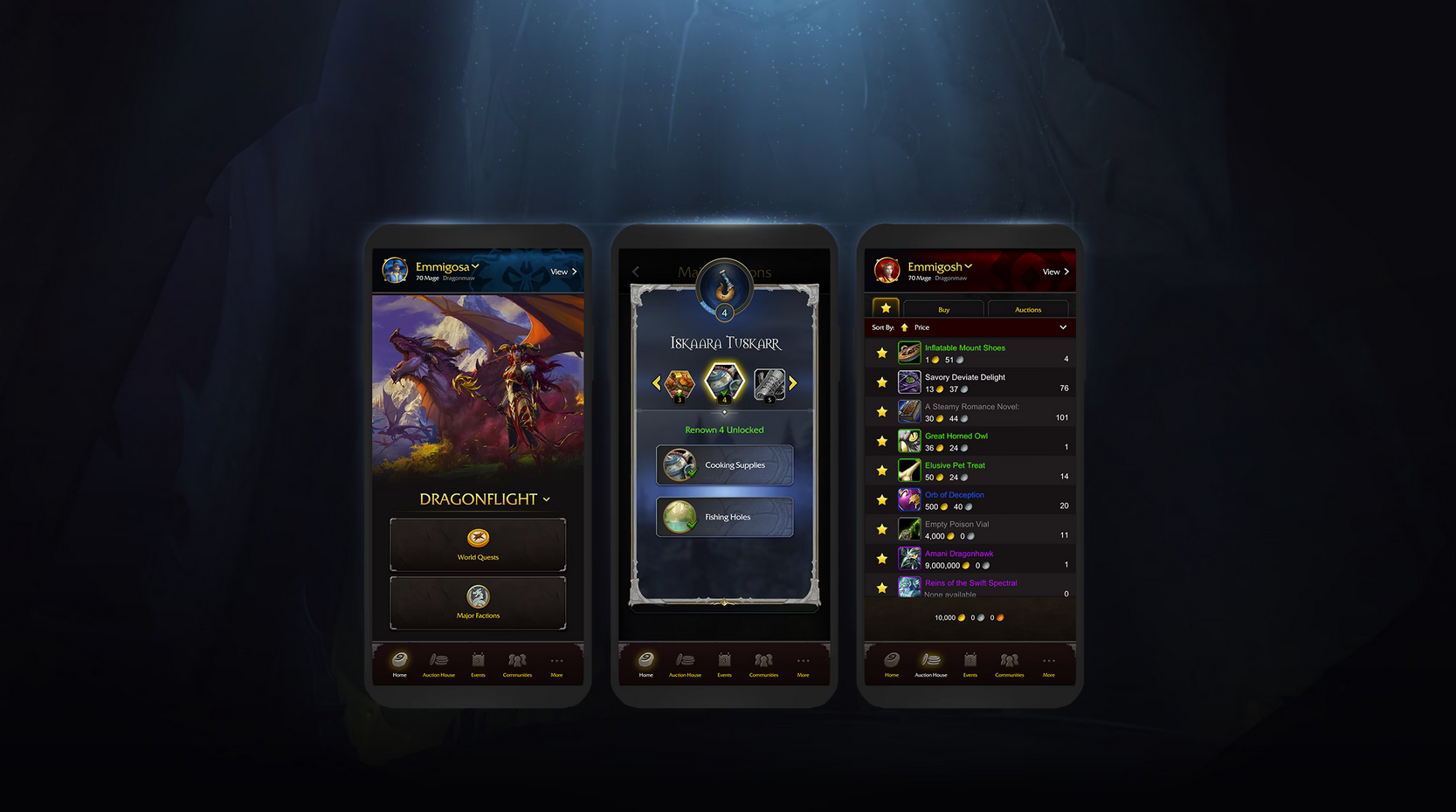Last year in November, NASA's Lucy spacecraft embarked on a mission to study asteroid Dinkinesh and made a surprising discovery“ Dinkinesh is actually a binary system, with a small moonlet named Selam orbiting around it. Since this revelation, astronomers have been diligently studying Selam to uncover more details. In a recent study, researchers attempted to determine the age of Selam and were astounded to find that it is quite young.
According to their calculations, Selam broke away from its parent asteroid Dinky only 2 to 3 million years ago, making it a mere toddler in astronomical terms. Colby Merrill, a doctoral student at Cornell University, commented on the significance of determining the age of asteroids, stating, "Finding the ages of asteroids is important to understanding them, and this one is remarkably young when compared to the age of the solar system, meaning it formed somewhat recently." To establish Selam's age, Merrill and his team analyzed the dynamics of the asteroid and developed a model to track its orbit around Dinkinesh. By simulating various scenarios of Selam's formation, they estimated its age based on reaching its current orbit observed by Lucy last November. Rather than relying on the traditional method of counting impact craters on an asteroid's surface to determine age, Merrill and his colleagues took a unique approach. Through their simulations, they concluded that Selam is likely 2 to 3 million years old, making it potentially younger than the 3.2-million-year-old human ancestor Australopithecus afarensis found in Ethiopia. The team's findings were published in the journal Astronomy & Astrophysics on April 5, shedding light on the age and origin of Selam. As Lucy continues its exploration of the solar system, its next stop is asteroid 52246 Donaldjohanson, scheduled for a visit in 2025. With each new discovery, astronomers gain valuable insights into the formation and evolution of asteroids, providing a deeper understanding of our solar system's history.NASA's Lucy Mission Makes Surprising Discovery: Asteroid Dinkinesh Revealed as a Binary System with a Young Moonlet Selam
 6 months ago
1337
6 months ago
1337
- Homepage
- Tech & Sicence
- NASA's Lucy Mission Makes Surprising Discovery: Asteroid Dinkinesh Revealed as a Binary System with a Young Moonlet Selam
Related
NASA Faces 19-Day Deadline to Bring Back Astronauts from ISS...
3 months ago
1122
Nvidia potentially delaying release of data center GPU B200 ...
3 months ago
1138
Rare Celestial Event: Mars and Jupiter Alignment on August 1...
3 months ago
1505
Trending in United States of America
Popular
Disney's Major Investment in Epic Games Signals Next Chapter...
8 months ago
1804
Top commodity trader Andurand predicts quadruple increase in...
6 months ago
1741
Middle East tension boosts Brent crude above $90 for the fir...
7 months ago
1735
World of Warcraft Companion App to be Discontinued by Blizza...
7 months ago
1731
"Don't Take Travel for Granted: Tips for Traveling with Elde...
8 months ago
1728
© StoryBrut 2024. All rights are reserved








 English (US)
English (US)